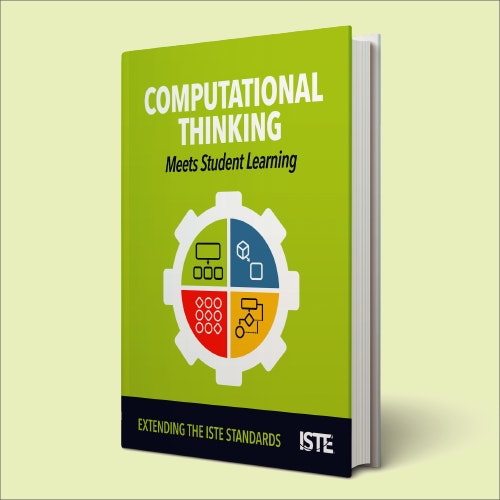Computational thinking (CT) — an essential literacy for all students combines four pillars — problem decomposition, pattern recognition, abstraction and algorithms. It involves expressing solutions as a series of steps to automate a process.
Although CT is the foundation for fields such as programming, data science and machine learning, students who pursue other careers will need these skills to:
- Design solutions in all disciplines.
- Create new tools.
- Communicate with those who automate computer-supported solutions.
In order for all students to put these skills into practice, educators of all subject areas and grade levels need to be confident and competent computational thinkers themselves.










